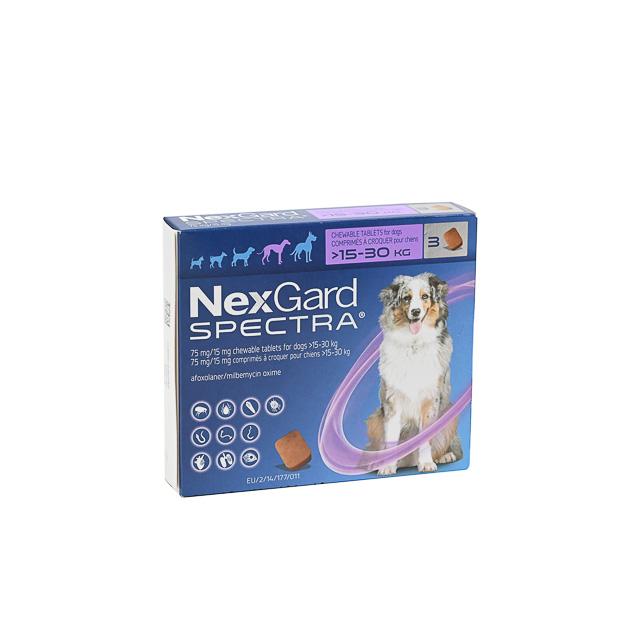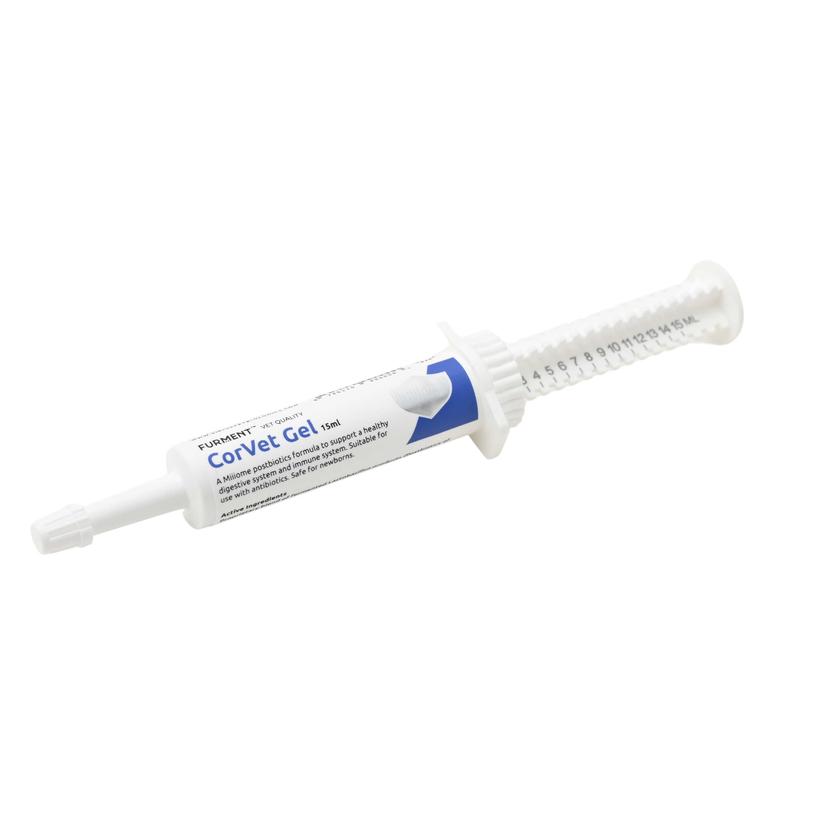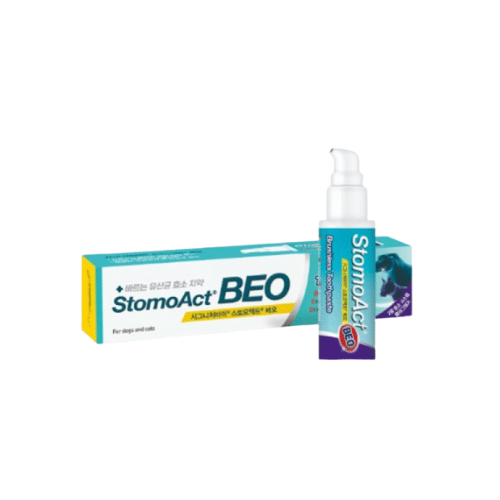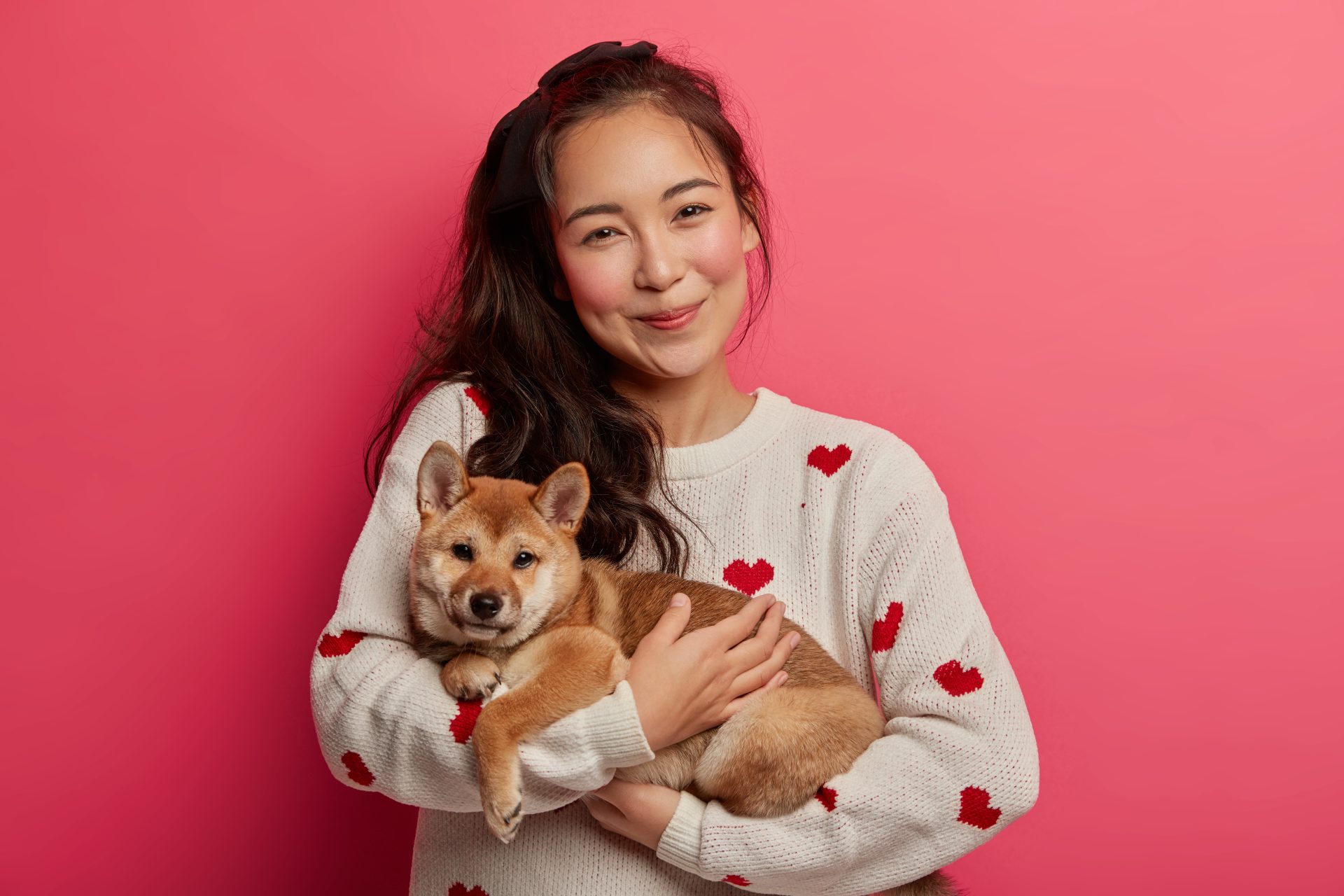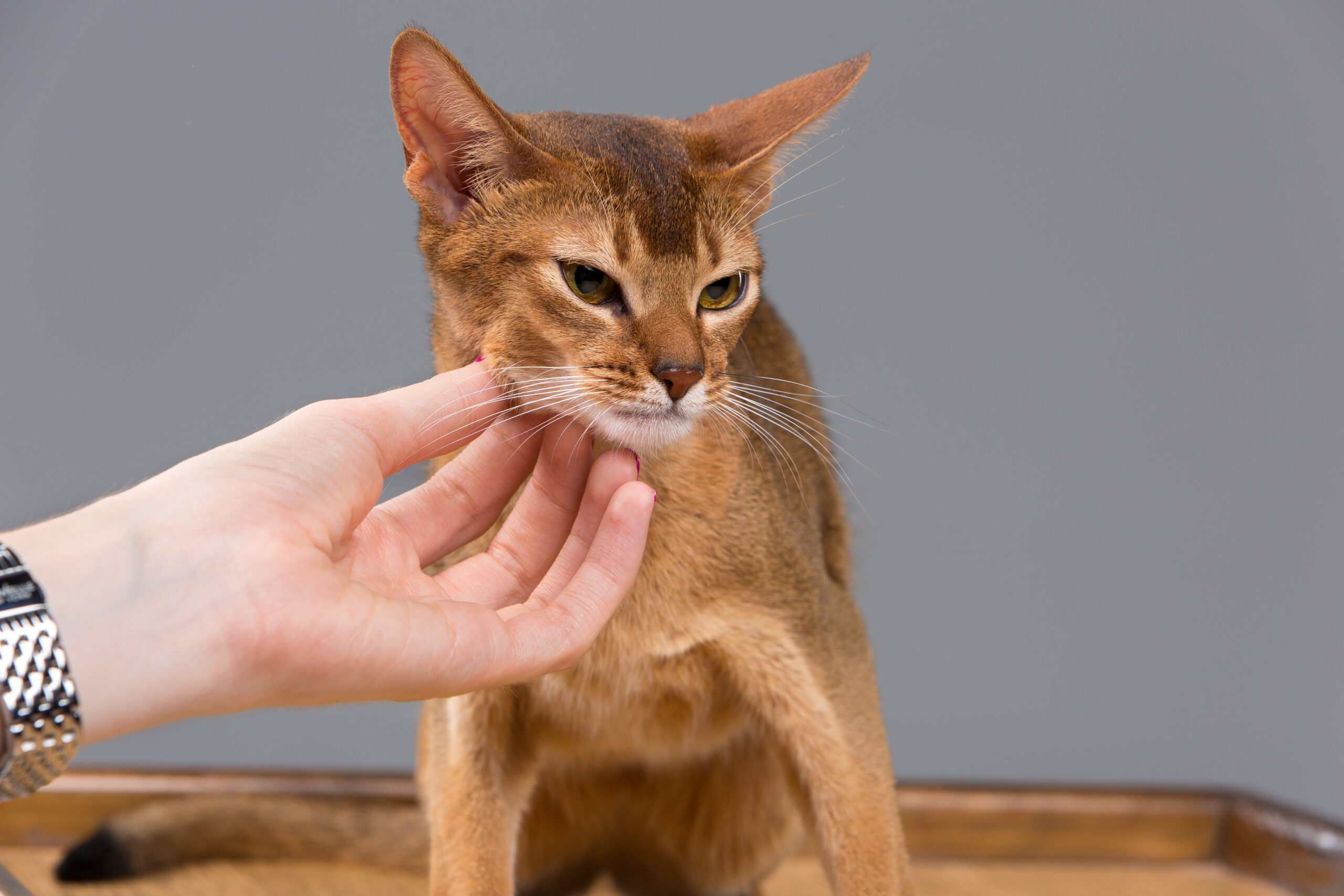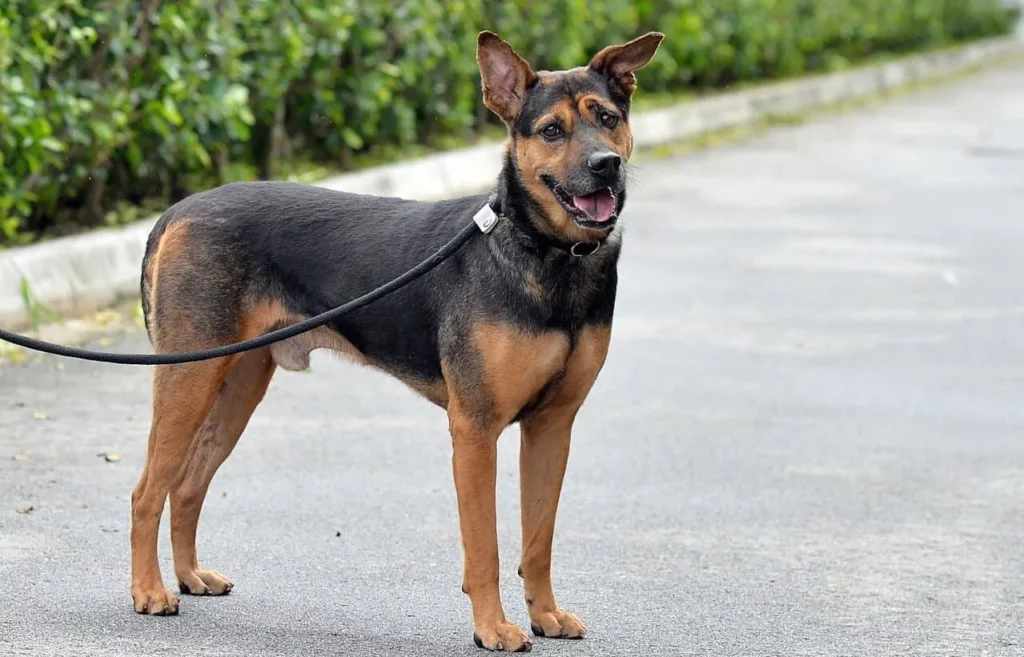
Today, we will be talking about a ‘Special’ breed that has a ‘Special’ place in the hearts of Singapore’s young and old. The Singapore Special is a mixed-breed that has been prowling on the streets of Singapore for decades, but an uptick in pet adoption has made the Singapore Special a popular choice for amongst prospective pet parents who are looking for canine companions. The addition of the Singapore Special to the Housing and Development Board (HDB) approved dog breed list has also increased its popularity as a housepet.
In this article, we will talk about the Singapore Special dog, and we will provide guidelines related to its training, grooming and dietary requirements.
History and Origin
The Singapore Special is not an actual breed, it is more of a term given to mixed breed stray dogs that are usually found in Singapore. Many of these dogs have supposedly descended from free-breeding kampong (village) dogs. Many Singapore Specials can also trace their ancestry back to abandoned guard dogs who lived around colonial factories and construction sites. The rapid urbanization of Singapore over the last few decades has made Singapore Specials extremely adaptable as scavengers.
Although most Singapore Specials are the by-products of non-selective breeding, many have actually been functionally bred to perform certain tasks. Due to this, you may even find many dog breeds Singapore Specials may resemble, e.g., Alaskan Huskies, Greyhounds and German Shepherds. Just like their kampong cousins, many of these selectively bred Singapore specials have been abandoned by their owners.
To control Singapore’s stray dog population, the Animal and Veterinary Service (AVS) has launched a Trap-Neuter-Rehome / Release-Manage (TNRM) programme to capture, neuter and re-home/release as many Singapore Specials as possible. In conjunction with the TNRM program, the HDB has also allowed flat owners to bring Singapore Specials into their homes (terms and conditions apply). This has significantly reduced Singapore’s stray dog population. From 10 November 2018 to 31 December 2021, more than 3,000 Singapore Specials have been trapped, and more than 60% of these trapped dogs have been re-homed or fostered. Dogs that are unable to be re-homed will be released at suitable locations to live out their lives naturally. Indeed, the Singapore government is making a big push to reduce Singapore’s stray dog population by encouraging people to adopt Singapore Specials.
Physical Traits
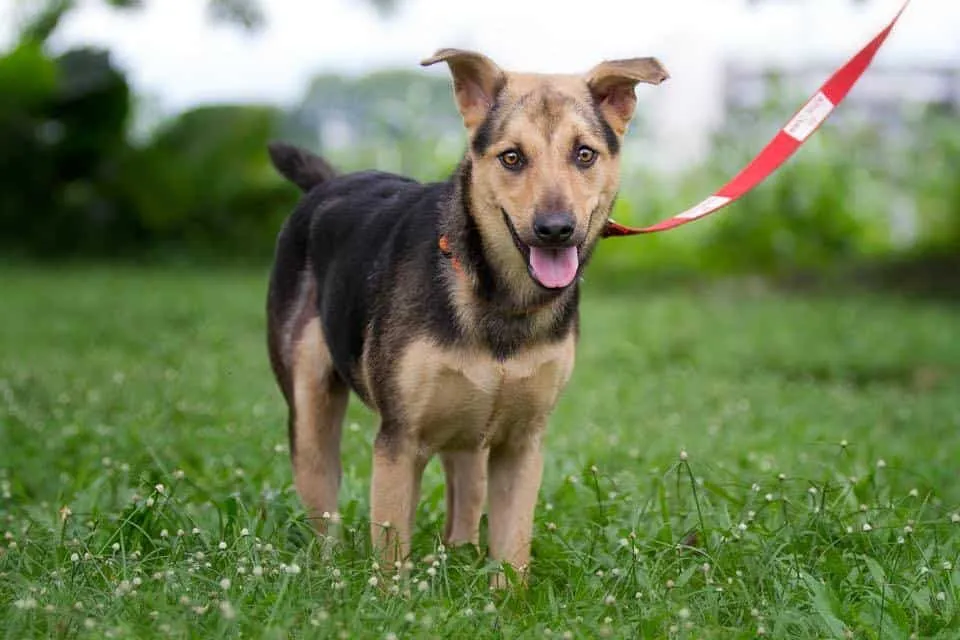
Due to its mixed gene pool, the Singapore Special dog breed doesn’t have any defining characteristics as such. Every Singapore Special is unique in its appearance. They are mostly medium to large sized (around 15-20kg), but some can also be as small as Chihuahuas. Many of them are skinny with short hair, pointy ears and sharp muzzles. They come in many different sizes, colours and patterns, and they usually have short, stiff, shiny and dense outer coats, with light undercoats.
Common Health Issues
Due to their mixed genes, Singapore Specials don’t usually suffer from many health issues, and they tend to have a lower mortality rate and a higher average lifespan (15 years) when compared to purebred dogs.
That being said, larger Singapore Specials can suffer from the following ailments if they are neglected.
1. Hip Dysplasia
This is a common skeletal disorder where the ball of the hip joint doesn’t fit into its socket correctly. This leads to a deterioration of the hip joint, and it can affect your dog’s mobility. This condition is common in Singapore Specials who have German Shepherd or Rottweiler DNA in them.
For Singapore Specials, this ailment usually pops up when they gain too much weight or don’t exercise regularly.If your Singapore Special has Hip Dysplasia, you can consult with your vet to come up with a treatment plan for your pet. Surgery is usually only required if your dog is having severe mobility issues, but the ailment can be managed effectively with proper weight management and supplementation.
2. Knee Dislocation
Just like Hip Dysplasia, this condition can also affect your Singapore Special’s mobility. This usually occurs when a dog’s knee cap shifts sideways and dislocates from its original position. Whilst this ailment is mostly genetic, it can also be caused due to trauma or injury. Surgery is usually the most effective way to treat this ailment, but a comprehensive weight management and medication plan can also help as far as the reduction of inflammation and pain is concerned.
3. Lens Luxation
This ailment is common for Singapore Specials who have ancestors who belong to Terrier Breeds. Lens Luxation usually occurs when support ligaments in and around your dog’s eye/s weaken or break down, which causes its lens’ to dislocate from its normal position. Surgery needs to be performed on your dog’s eye to cure this ailment, and if prompt treatment is not provided for your furry friend, it could get severe conjunctivitis or glaucoma. This ailment will usually pop up when your dog is between 4-8 years.
If your Singapore Special suffers from any of these ailments, you must consult with your vet and explore all your treatment options. If you are looking for reliable medical guidance for your pet, you can visit Zumvet to book an online consultation or a home visit with a certified vet. You can also visit Zumshop to get some vet-approved joint supplements that will improve your dog’s mobility and keep nasty ailments away.
Personality traits and temperament
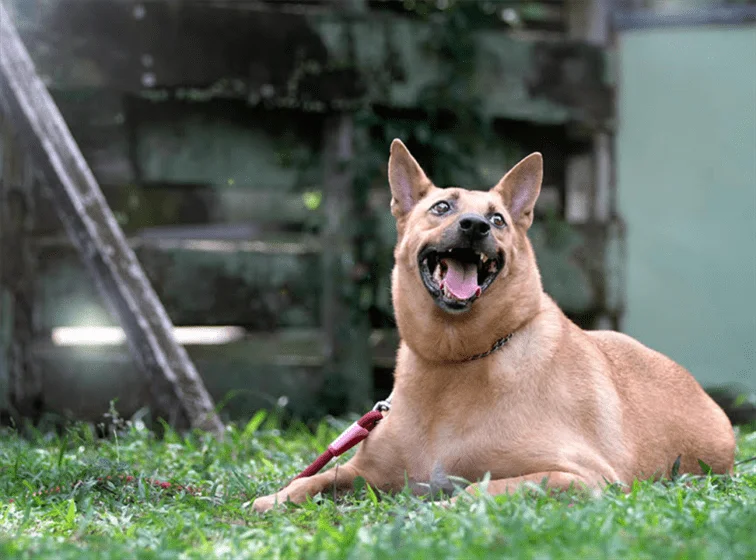
The behavioral traits and temperaments of Singapore Specials are highly influenced by the environment in which they live. Many Singapore Specials scavenge for years before they are brought into animal shelters, and some of them may have been hidden away from humans for most of their lives. These canines tend to have trust issues and may show signs of hostility when they are initially approached. That being said, with a little effort and patience, Singapore Specials can be trained to become ideal housepets.
During their initial training phase, they will become very emotionally attached to their pet-parents. This makes them fierce guard dogs, but they do tend to be hostile towards children, strangers and unknown animals at times. If you are bringing a Singapore Special into your home, make sure that it is kept away from unknown humans or animals until it is fully house trained. If you are looking to build a training plan for your pet, you can visit Zumvet for in-depth training guidance from highly-qualified behavioral experts.
Even though Singapore Specials can get emotionally attached to their pet parents, they aren’t very clingy, and they can easily keep themselves occupied for a few hours if they are left alone.
Singapore Specials are highly intelligent. They are street-smart animals, and they need to be mentally stimulated with lots of toys and mental activities. You can visit Zumshop to get some great vet-approved toys for your pet.
Dietary habits
Since Singapore Specials specialize in scavenging, their digestive tracts are very resilient and they don’t usually have the food allergies or gut-related health issues that many pure-bred dogs have. Nevertheless, a clean, healthy and balanced diet is important for any dog, and every dog is different, so you must create a detailed diet plan for your dog to meet its daily caloric and nutritional requirements.
According to the The National Academies, a balanced and healthy diet for a Singapore Special must have:
- At least 10% protein
- At most 50% carbohydrates
- Around 2.5-4.5% fiber
- At least 5.5% animal or vegetable fat
While Singapore Specials are not very choosy when it comes to food, the following ingredients are toxic for dogs and should not be introduced into their foods in any shape, way or form.
- Chocolates, or any product with cocoa.
- Grapes or derivatives of grapes, for example raisins.
- Allium vegetables such as onions and garlic.
- Nuts such as macadamia nuts and walnuts.
- Hops and fruit seeds.
- Food items that contain caffeine.
- Food items with yeast.
- Excessive amounts of salt and spices
You can visit Zumvet to book a consultation with a certified expert who can create a customised diet plan for your pet.
Tips and guidelines to train your Singapore Special
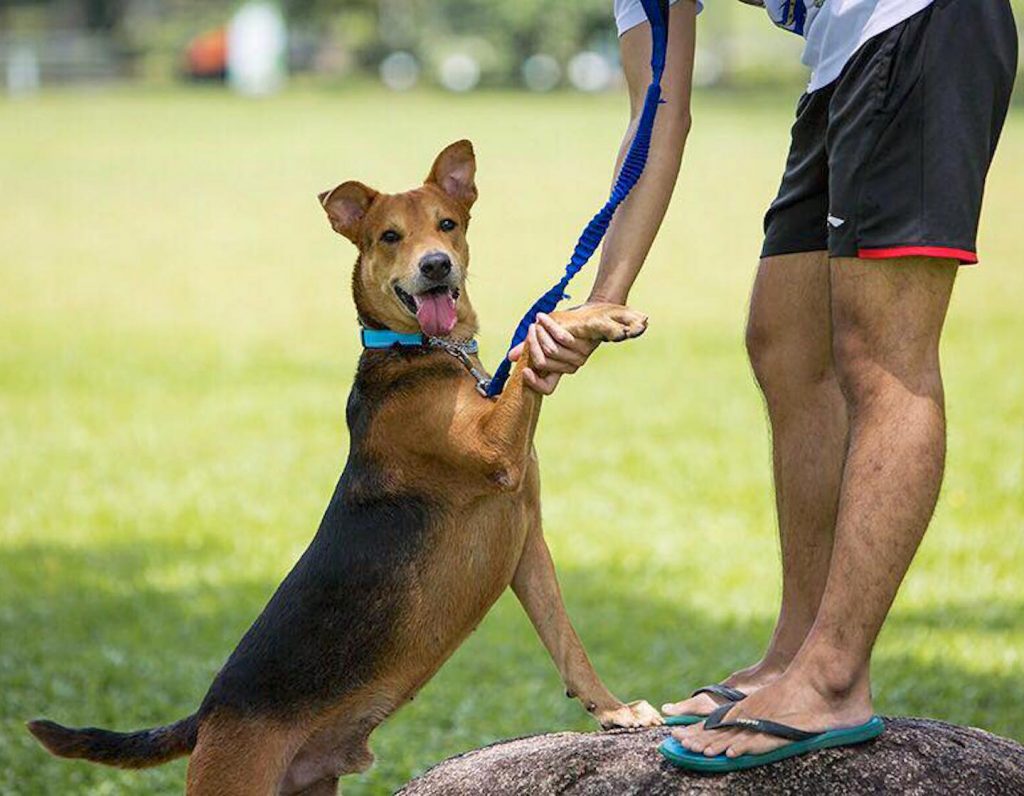
To improve your Singapore Special’s demeanor, visit it a couple of times at its shelter before formally adopting it. By doing this, you will get acquainted with the animal, and it will be easier to train when you bring it into your home.
Singapore Specials are easy to train if they are well fed. Keep a regular feeding schedule for your Singapore Special and reward it with treats when it follows your commands. You can visit Zumshop to get some yummy, vet-approved treats for your pet.
As with any dog breed, younger canines are easier to train than older ones. If it is possible, try to bring young Singapore Specials into your home, this will make the training process much easier for you.
Make sure that your Singapore Special exercises regularly. This will vent out its excess energy and make the training process much easier.
Like any other breed, some Singapore Specials will warm up to their human companions rather quickly, and some may take time. The key to successful dog training is patience and compassion. Always use positive reinforcement
You could try using a pheromone diffuser to calm your dog if it is acting in a hyperactive or aggressive manner. These diffusers release stress-relieving hormones that can calm your dogs. We highly recommend Adaptil’s Home Diffuser Set, as it is clinically proven and vet-approved .
Invest in a sturdy shoulder harness for your Singapore Special, as they can be highly reactive and skittish in outdoor settings. Birds and small animals can make them very excitable, hence your harness should be able to safely redirect your dog’s attention back to you, while discouraging pulling behavior. You can visit Zumshop to purchase safe and reliable vet-approved harnesses for your pets.
If you are unable to train your Singapore Special, AVS conducts canine rehabilitation programmes that involve behavioral rehabilitation and socialization training. Please check with your animal shelter to find out if you can enroll your Singapore Special into one of these programs.
You must dog-proof your house before you bring a Singapore Special into your home. While they usually adjust well in apartments and small spaces, they will be skittish and frantic during their initial training phase, hence its advisable to dog-proof your home for precautionary reasons. Dog-proofing is also important because Singapore Specials have a very strong sense of smell and they are very good at sourcing food. This means that they can easily enter your kitchen and raid through your cabinets and fridge if they are not sufficiently dog-proofed.
Exercise options for your Singapore Special
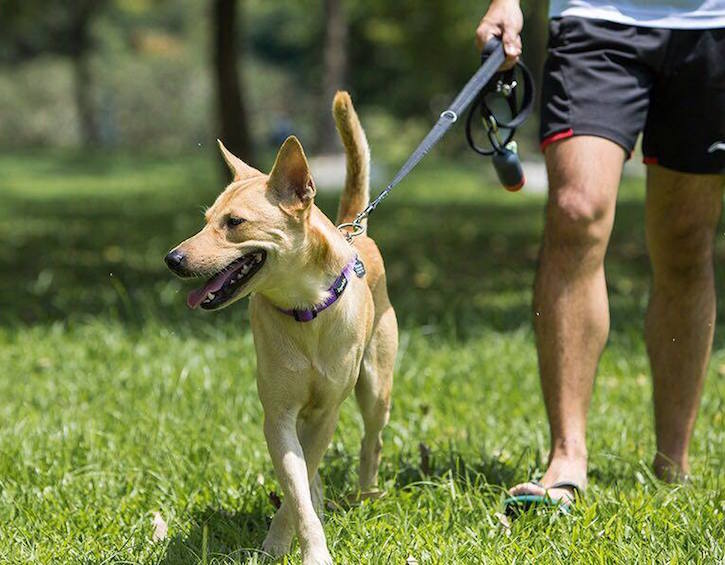
As mentioned earlier, exercise is a very important aspect of your Singapore Special’s training process. Singapore Specials are very physically active and energetic as strays, and if they are not given any opportunities to vent out their excess energy, they become skittish and don’t follow verbal commands promptly. Regular walks are ideal for Singapore Specials, but if you don’t have any suitable parks or walking trails near your home, you can go for any of the following activities to meet your canine companion’s daily workout needs.
- Swimming: If your Singapore Special is a water baby, you could take it to a pet friendly pool or swimming area for a dip. Swimming is great for dogs with joint issues. Your furry friend should wear a life jacket before entering a pool if it is not a good swimmer.
- Climbing stairs: This intense cardio and muscle building workout is great for highly energetic Singapore specials. But don’t push your dog too hard, as this may lead to high levels of fatigue and exhaustion.
- Tug: This activity is great for your dog’s neck muscles, and it will give you a great opportunity to bond with your pet. Singapore Specials are highly stimulated by games of tug. You can find many great rope toys on Zumshop that can be great tug toys for your pet.
- Treadmill: If you don’t have suitable walking trails in your neighborhood, you can slowly train your dog to use a treadmill. While this is not a suitable replacement for a walk in the park, it helps build your dog’s endurance, and it is perfect for a country like Singapore, where rainfall is frequent.
- Obstacle courses: You can entertain your Singaproe Special by creating an obstacle course around your house. You can create a small obstacle course using housing supplies and sports equipment; this will stimulate your pet in many different ways. Not only is this fun way for your pet to exercise, it is also a great way to train your pet. If your house is too small, try to find some pet-friendly indoor obstacle courses in your neighborhood, where your furry friend may even be able to socialize with other animals.
Grooming tips and guidelines
Singapore Specials are generally quite low-maintenance when it comes to grooming. That being said, grooming requirements will vary from dog to dog, but a few basic guidelines need to be followed to keep your special friend clean and healthy.
- Tangled fur is very common amongst some Singapore Specials, especially around the armpit area. If you see a lot of matted fur or lumps on your dog’s body, you need to do something about it to avoid excess shedding or flea/tick infestations. Regular trimming should be carried out to remove excess fur, especially around the facial area. Regular brushing will remove tangles as well. You can visit Zumshop to get some great vet-approved brushes to remove the tangles from your canine companion’s fur.
- Nails should be clipped and filed regularly. As a rule of thumb, when your furry friend stands up and its nails start touching the ground, it’s a good time to clip them. This won’t hamper its movement, and it will keep you safe if your Singapore Special tries to claw or scratch you.
- Dental hygiene is important for Singapore Specials. Brush your furry friend’s chompers 2-3 times a week, and make sure that regular dental check-ups are done to avoid any major health issues. You can also try StomoAct’s Beo Brushless Toothpaste if your pet is not comfortable with a toothbrush.
- You give your Singapore special a bath at least once a month. Be sure to use a shampoo that is suitable for its age, coat and specific needs. If it’s possible, try to blow dry their coat after patting them down with a soft towel. You can also massage Aloveen’s Oatmeal based conditioner into its coat to prevent itchiness, dry skin and dermatitis.
Advantages of adopting a Singapore Special
As discussed above, adopting a Singapore Special can be very beneficial. Some of the advantages of adopting a Singapore special are:
- They are cheaper to adopt when compared to purebreds.
- They are easier to maintain and they don’t shed excessively if their excess fur is trimmed in a timely manner.
- They are healthier than most purebred dogs and they don’t have many food allergies or gut-related issues.
- They are highly intelligent, energetic and playful
- From an ethical standpoint, it is the right thing to do, because it helps control Singapore’s stray animal population, and it enables a homeless dog to rehabilitate with a loving and caring family.
Although Singapore Specials can be a little difficult to train, with a little effort and patience, they can become extremely lovable and loyal housepets.
Requirements to adopt a Singapore Special

To adopt a Singapore Special under Project ADORE, the following terms and conditions must be met.
- If you live in an HDB flat, only 1 dog can be adopted per flat
- A Code of Responsible Behaviour (CORB) must be signed to ensure that your dog doesn’t disturb your neighbors or create a nuisance in your living areas
- You must enroll your dog into a mandatory obedience training course at the point of adoption (average cost – SG$250)
- All adopted pets must be mandatorily sterilised, microchipped and brought for routine vaccinations
- You must have a valid dog license as per Animals and Birds (Dog Licensing and Control) rules
The average cost of adopting a Singapore Special from a reputable animal shelter (like SPCA) will be anywhere from SG$150 -SG$250, depending on the age of the animal. When compared to the adoption of a purebred canine, it is SG$100 cheaper.
Where can I adopt Singapore Specials from?
There are many animal shelters that house Singapore Specials. The following shelters have been approved by AVS as rehoming partners for stray dogs.
- Action for Singapore Dogs (ASD)
- Save Our Street Dogs (SoSD)
- Causes For Animals Singapore (CAS)
- Society for the Prevention of Cruelty to Animals (SPCA)
- Exclusively Mongrels (EM)
- Mercylight Animal Rescue & Sanctuary Limited (MARS)
These shelters have strict no-kill policies, and they carry out sterilizations for stray animals as well. Singapore Specials at these shelters are also vaccinated, dewormed and microchipped. Vaccinated dogs will usually have their ears clipped or pierced for easy identification. They are also given flea and tick prevention treatments. Dogs undergo health and behavior assessments as well to determine if they can be suitably rehomed. Please check the websites linked above for more details.
Although Singapore Specials can be adopted under Project ADORE, they can’t be taller than 55 cm. Please check the pet ownership conditions in the HBD guidelines thoroughly before adopting a Singapore Special.
Conclusion
In conclusion, we would like to say that Singapore Specials are often misunderstood as aggressive and hostile animals, but with proper obedience and socialisation training, they can bring a lot of joy and happiness into the lives of their pet parents. Adopting a Singapore Special can be beneficial for new pet owners, especially since they are very low maintenance. Training issues are common, but with a little patience and tolerance, they can become great house pets.
As always, if you need medical guidance or advice for your pet, please visit Zumvet to book an online consultation or a home visit for your pet. Thank you so much for visiting our website, and we are always open to your feedback and queries. Cheers!



